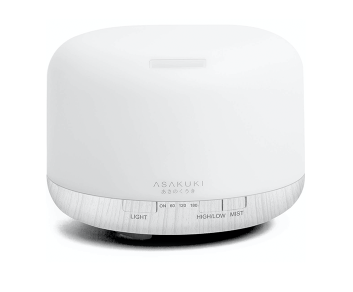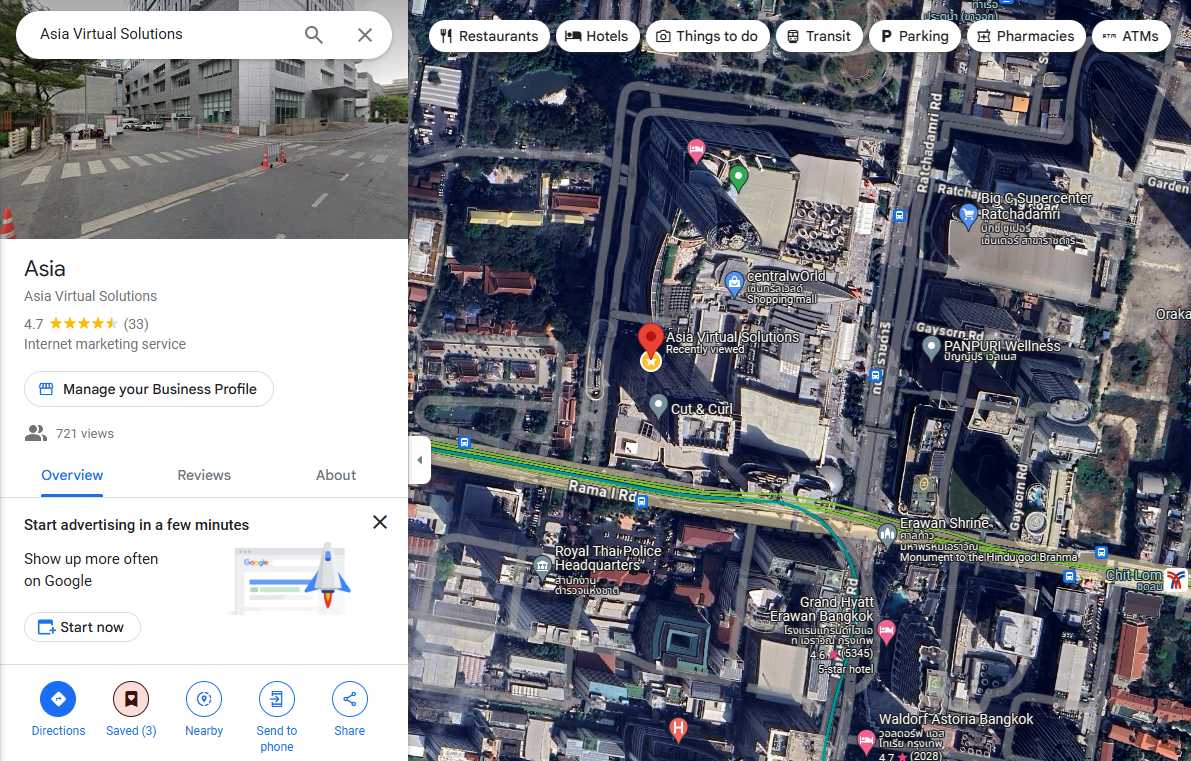WHY WE NEED PROTEIN
Before we get into the details of what protein is, let’s get motivated by appreciating what protein does. Our bodies use protein to build just about everything. Skin, hair, muscles, organs, even the hemoglobin in your blood is made of protein. And the list goes on: The enzymes that break down food and spark chemical reactions in the body are proteins. Our immune systems depend on protein to make antibodies. Protein molecules aid the transfer of messages between the neurotransmitters in our brains. And many hormones, including insulin and other metabolism-regulating hormones, are proteins as well.
I bet you’re thinking where’s the protein? Let me at it. But before we go there, we should sneak in a little bit of science about what protein actually is. Protein molecules are made of smaller molecules called amino acids. There are twenty naturally occurring amino acids. Some names you might be familiar with are lysine, glutamine, and tryptophan. When you eat foods that contain protein, your body breaks those proteins down and reassembles the amino acids to create the protein structures it wants to make.
The human body can synthesize eleven of the amino acids it needs. However, nine amino acids are called essential amino acids because they must be taken in from food.
When a single food provides all nine essential amino acids it is called a complete protein.
Many foods contain high levels of some amino acids and not others. In that case, foods have to be combined in order to provide all nine amino acids. When foods go together to create a complete protein profile they are called complementary proteins.
SOURCES OF PROTEIN
Most people think of meat when they think of protein. And that’s correct. Meat from land animals, fish, and fowl are all high protein foods. However, nuts, seeds, beans, and dairy products are high protein foods as well. And whole grains such as brown rice, whole wheat, quinoa, barley and amaranth; and some vegetables, like avocados and sprouts, can be significant sources of protein too.
Meat, dairy, and eggs are complete proteins. Most grains, nuts, seeds, and vegetables have to be combined to get a complete protein.
Rice and beans or corn and beans are famous examples of complementary proteins. It is worth noting that you don’t have to get all essential amino acids in one meal. Amino acids are not stored by the body but they do stay available long enough to be used and combined throughout a day. With so many sources of protein, eating a healthy, varied diet generally provides enough amino acids for the average person—even if they exercise.
Original content found at www.verywellfit.com








Leave a Comment